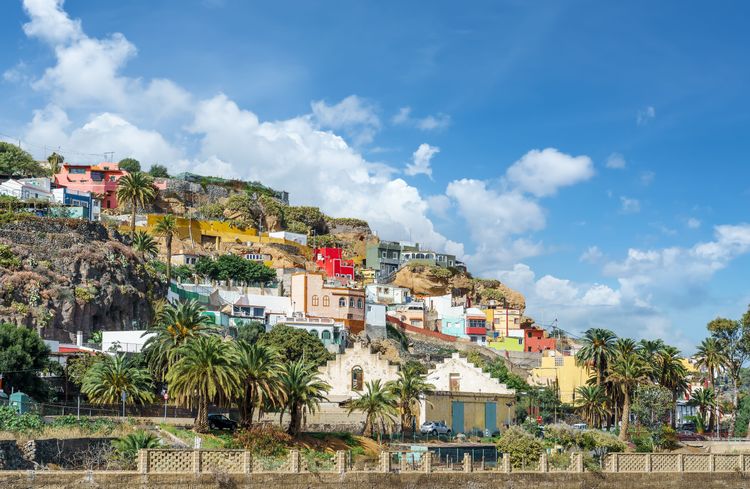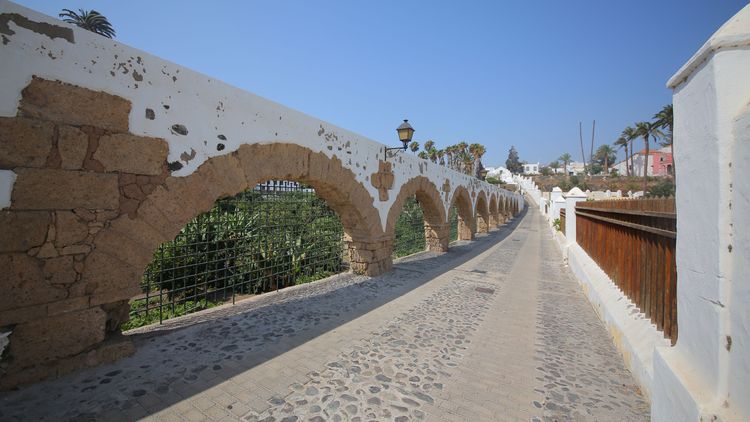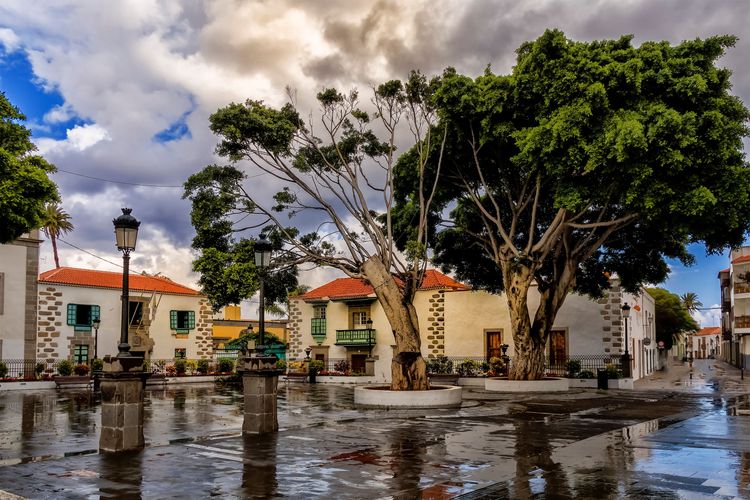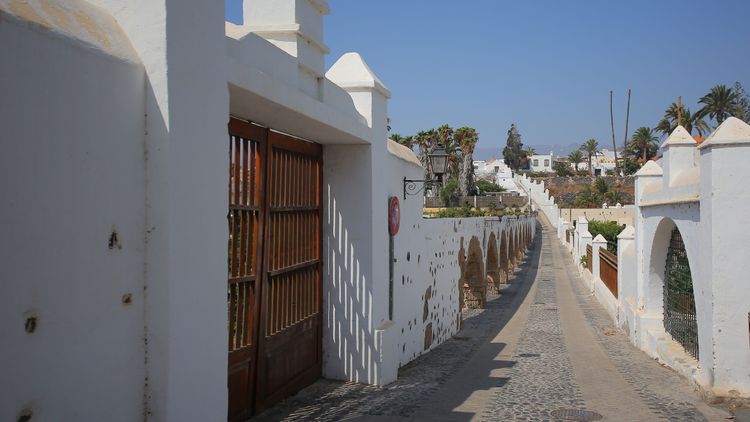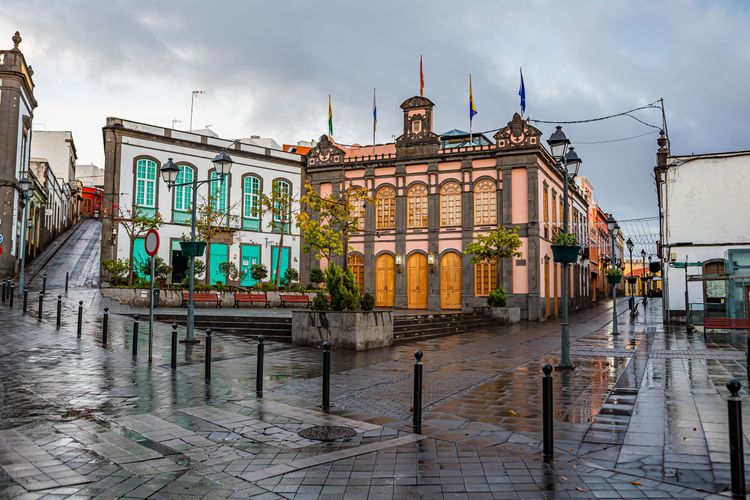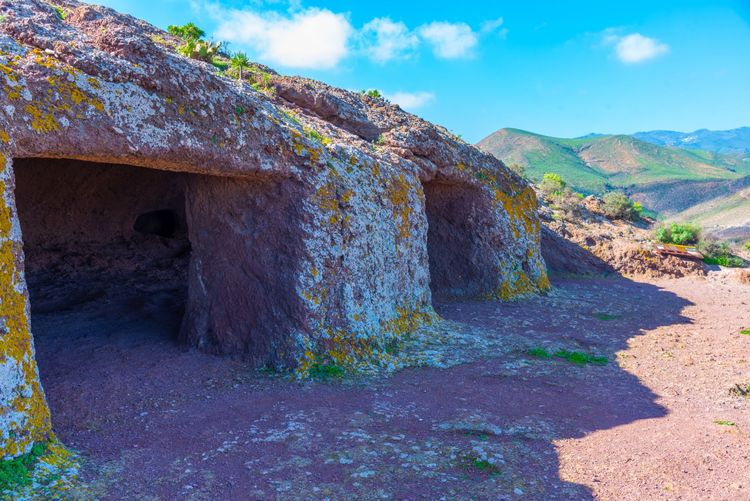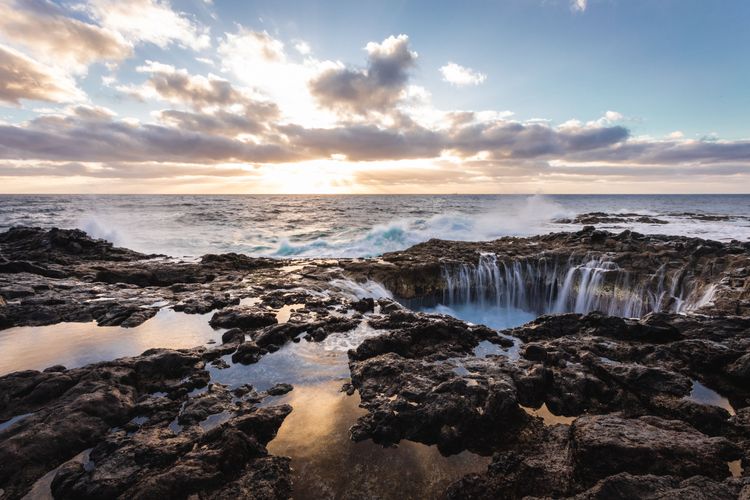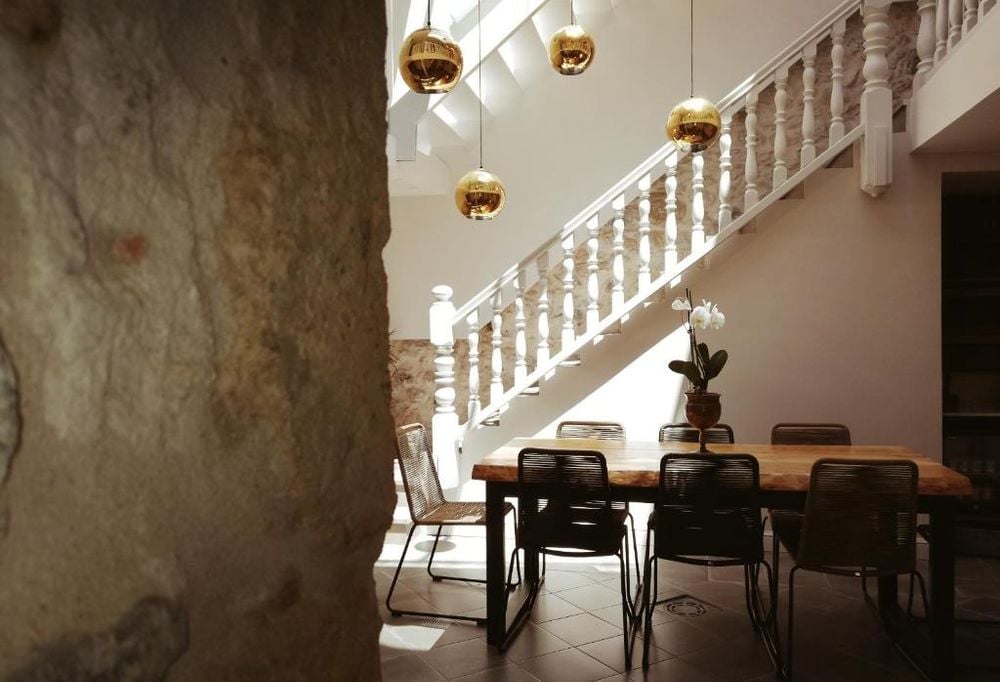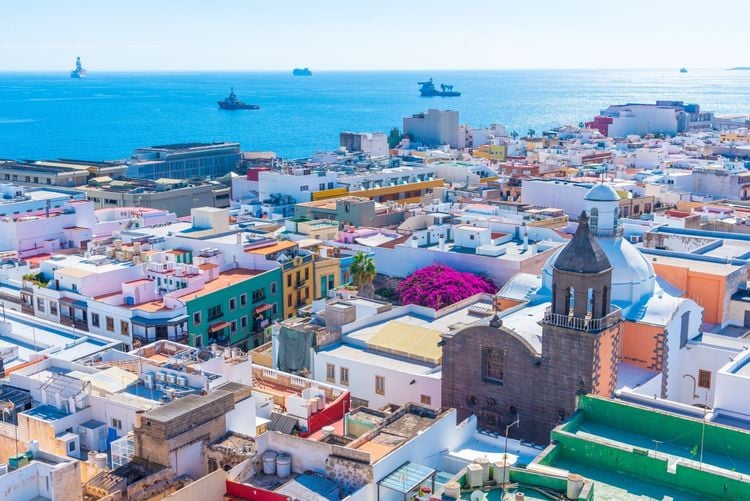A Spanish city and municipality located some 13 kilometres from the capital of Gran Canaria, Telde is the second most populated municipality on the island, and the largest in the eastern region of Gran Canaria. In pre-Hispanic times, this city was one of the two kingdoms into which the island of Gran Canaria was divided, which is why today it is full of archaeological sites such as Baladero, Tufia, Cuatro Puertas, Tara and Cendro, as well as its historic quarter and the beautiful surrounding countryside. Telde has three main districts, an extensive coastline of about 10 km, numerous beaches and a very long history.
Telde not only has a lot to see, but also a lot to taste, with its wide range of gastronomic offer. From its famous Navel oranges, whose taste is at once intensely sweet, somewhat sour and subtly bitter, to the operation of the olive oil mill and the olive packing line, the only one of its kind in the Canary Islands.
